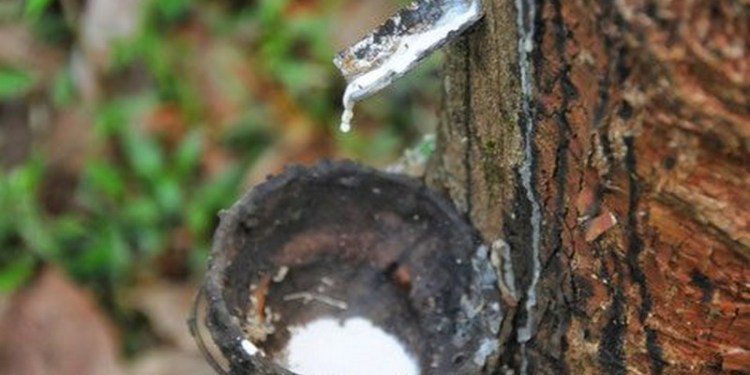Japanese rubber futures rose for the fifth consecutive session on Tuesday, buoyed by concerns of persistent wet weather in top producer Thailand and improved economic data from top consumer China.
The Osaka Exchange (OSE) rubber contract for January delivery closed up 6.1 yen, or 1.72%, at 360 yen ($2.49) per kg.
The contract earlier hit an intraday high of 361.2 yen, its strongest level since March 18.
The January rubber contract on the Shanghai Futures Exchange (SHFE) rose 120 yuan, or 0.73%, to finish at 16,500 yuan ($2,316.05) per metric ton.
Thailand’s meteorological agency warned of heavy rains that may cause flash flood from Aug. 27-Sept. 2.
“After an extended uptrend, the market is experiencing some profit-taking, but fundamentals remain strong, and rubber prices are well-supported on dips”, said a Singapore-based trader.
“Additionally, if the Chinese government initiates monetary easing, it could further support China’s economic recovery”, added the trader.
China’s industrial profits grew faster in July, buoyed by high-tech manufacturing, even as sluggish domestic demand weighed on the recovery in the world’s second-largest economy.
Canada, following the lead of the United States and European Union, said on Monday it would impose a 100% tariff on imports of Chinese electric vehicles.
The announcement of Canada’s “abnormally high” tariffs has punctured investor sentiment in Chinese equities, said Jom Jacob, chief analyst at Indian analysis firm What Next Rubber.
The yen was last 0.1% lower at 144.65 per dollar, having risen to a three-week high of 143.45 in the previous session on a flight to safety.
A stronger currency makes yen-denominated assets less affordable to overseas buyers.
The front-month September rubber contract on Singapore Exchange’s SICOM platform last traded at 180.2 U.S. cents per kg, up 0.2%.
($1 = 144.6600 yen)
($1 = 7.1242 yuan)






























